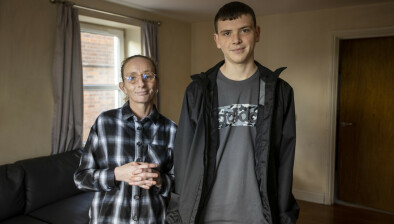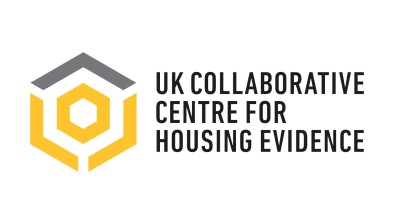Hannah Green: Real experiences are vital in the evidence-led transformation of the field
 Centre for Homelessness Impact communications and lived experiences specialist Hannah Green discusses the important role of storytelling in the evidence-led battle to end homelessness.
Centre for Homelessness Impact communications and lived experiences specialist Hannah Green discusses the important role of storytelling in the evidence-led battle to end homelessness.
Real stories of homelessness are vitally important pieces of evidence, and they allow us to understand the complex and varied personal impacts of homelessness. Storytelling enables us to provide real-world insights, and by combining these with robust data we are able to really see the bigger picture.
Evidence-led and targeted decision-making works. It’s helped to transform results across health and education, so in homelessness we should now be embracing this approach. Significant and lasting reductions to homelessness will only be realised by understanding what works, and why. Understanding the feelings, thoughts, fears and concerns of people experiencing homelessness is a key step in designing as well as evaluating interventions that work.
What role does storytelling play in ending homelessness?
Evidence-led storytelling is an integral part of the What Works approach because stories are a vitally important piece of evidence, which can provide context for data and statistics. Often, storytelling can tell us why. We must therefore ensure we are telling stories that capture a full picture of what the evidence tells us.
Stories are how we make sense of the world around us. They can bring things to life, teach us lessons and make us consider other people’s viewpoints that we hadn’t considered before. They allow us to step briefly inside someone else’s experiences and to learn from them.
Storytelling allows the audience - be that policymakers, practitioners or the general public - to connect with homelessness on a personal level; by telling a human story it becomes more relatable and allows us to start breaking down misconceptions. Individual stories allow us to paint a more detailed picture about homelessness, and emphasise that not all experiences of homelessness are the same. Stories that convey emotion also stir emotion in the audience, meaning they are more likely to continue engaging.
Without telling real-life stories, policies and interventions would be designed without the input of people with experience of homelessness. And, really, how do we know if a service or intervention is going to be effective without the involvement of people who have experienced the issue first-hand? As powerful as it is, storytelling must be approached with care as it often focuses too much on individual stories and fails to capture the structural causes of homelessness.
Almost 9 in 10 people say that homelessness is a serious problem facing the country today, with a quarter saying that they have had some experience of homelessness, either personally or through friends and family. However, only 50% believe that homelessness is an issue that can be prevented.
Another 54% think that the views of those affected by or at risk of homelessness is important in decision making, which is why storytelling is so important because it allows us to emphasise that homelessness is in fact preventable.
All of these make up the evidence body for ending homelessness.
Many organisations involve people with experience of various issues, such as homelessness or mental health, but do so towards the end, or halfway through the process. We - people with lived experience of homelessness - need a seat at the table from the beginning, not halfway through the meal when the food is cold.
Getting the opportunity to tell your story is also empowering, even if it’s anonymously. It allows you to feel heard; like your experiences matter.
Currently, we see very little in the media about ‘what works’ in preventing and ending homelessness. If we combine the stories of people with lived experience with a robust body of evidence, we create a picture that is easier to understand. We can offer clarity on what we mean when we say what works, who it’s really working for, and how it truly impacts the people who need these services the most.
To succeed in our challenge to end homelessness across the UK, we must act on evidence, evaluate which interventions work, and redirect budget allocations towards “proven” interventions. Only through this approach can we build on successes and make truly transformational progress based on what works.
Working together, by collecting and sharing the right information, evidence, tools and resources, we can develop the right services that tackle real issues, and that have measurable, positive outcomes. This includes using the experiences of people who are homeless themselves.
If you or your organisation is interested in how you can make better use of evidence and data, including the use of storytelling, you can book an evidence surgery by contacting hello@homelessnessimpact.org.







